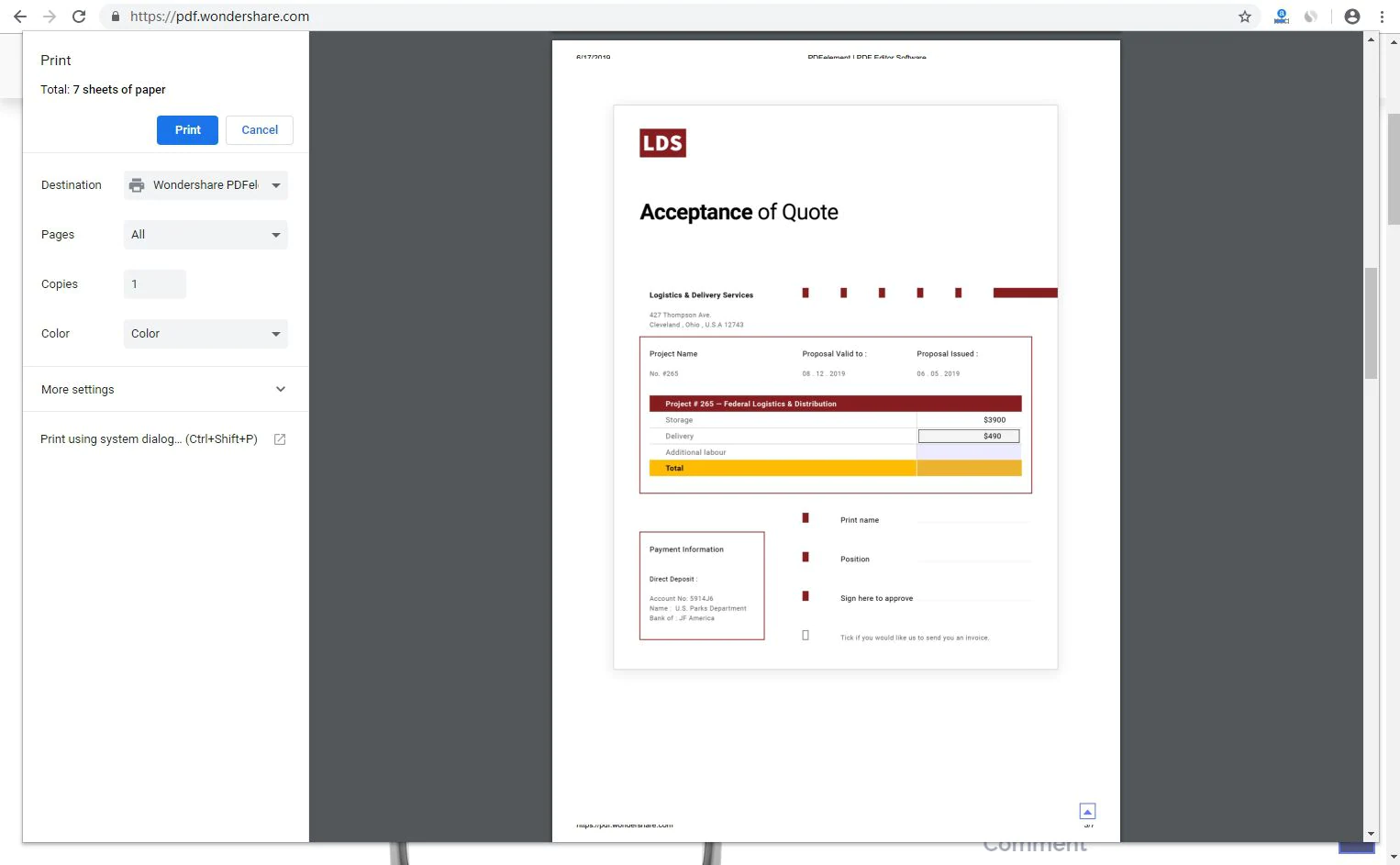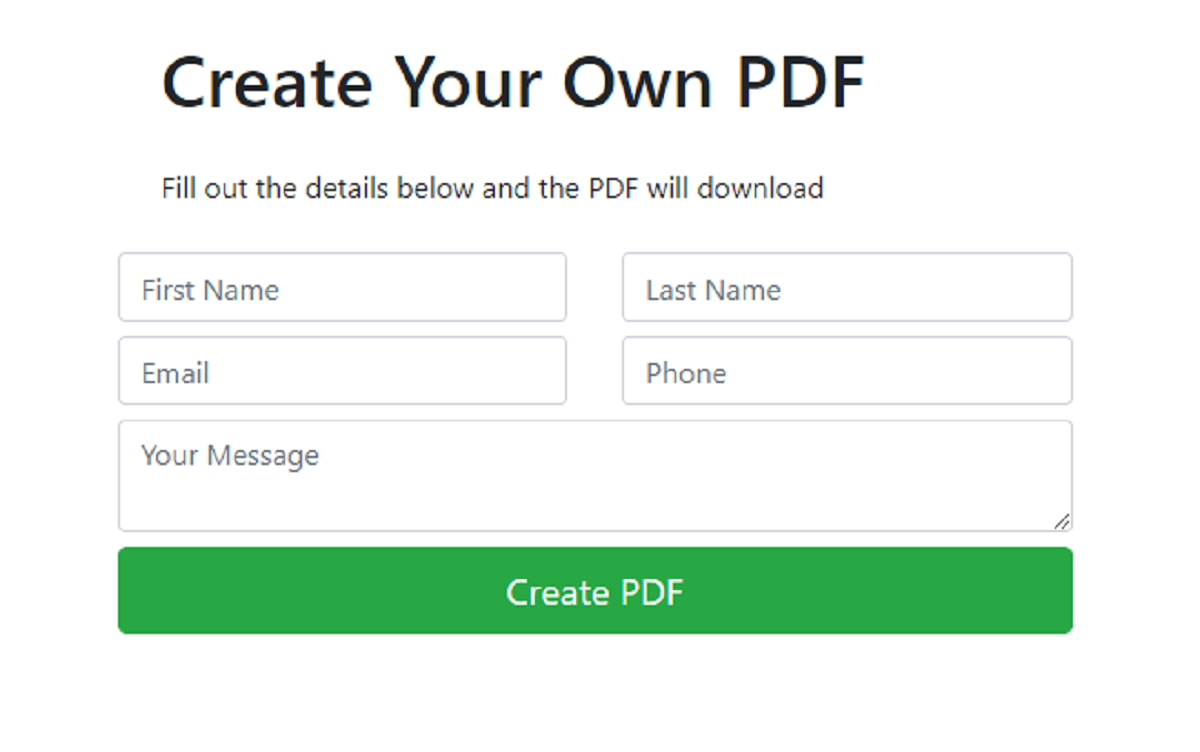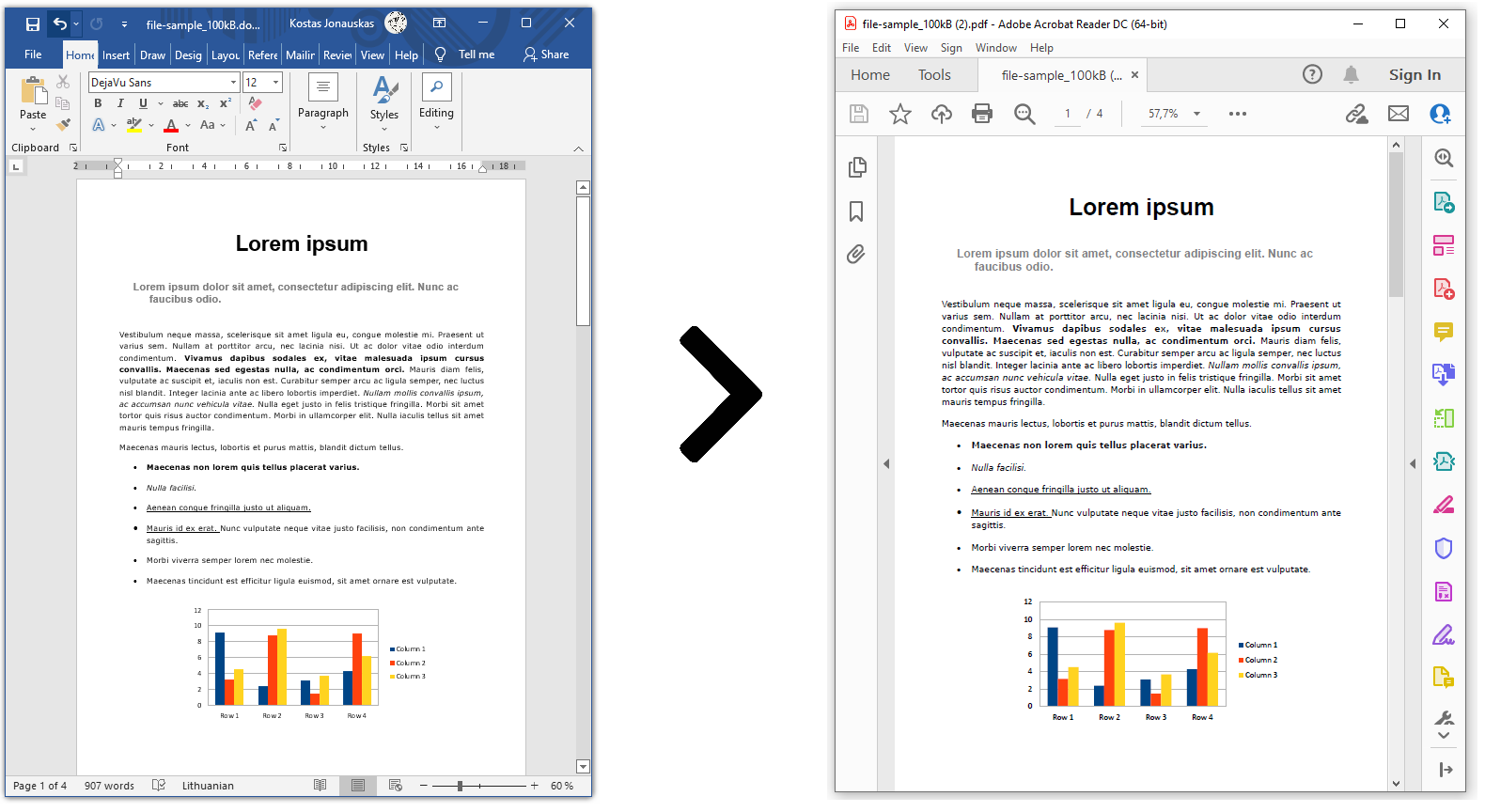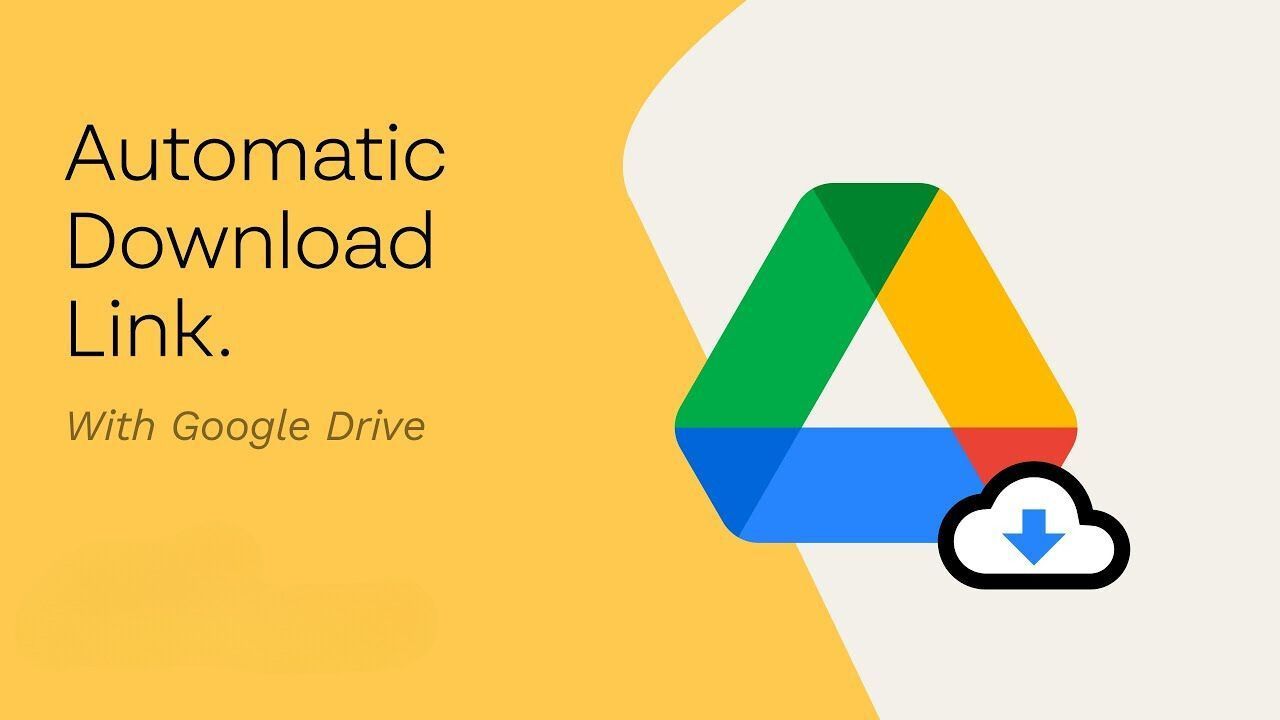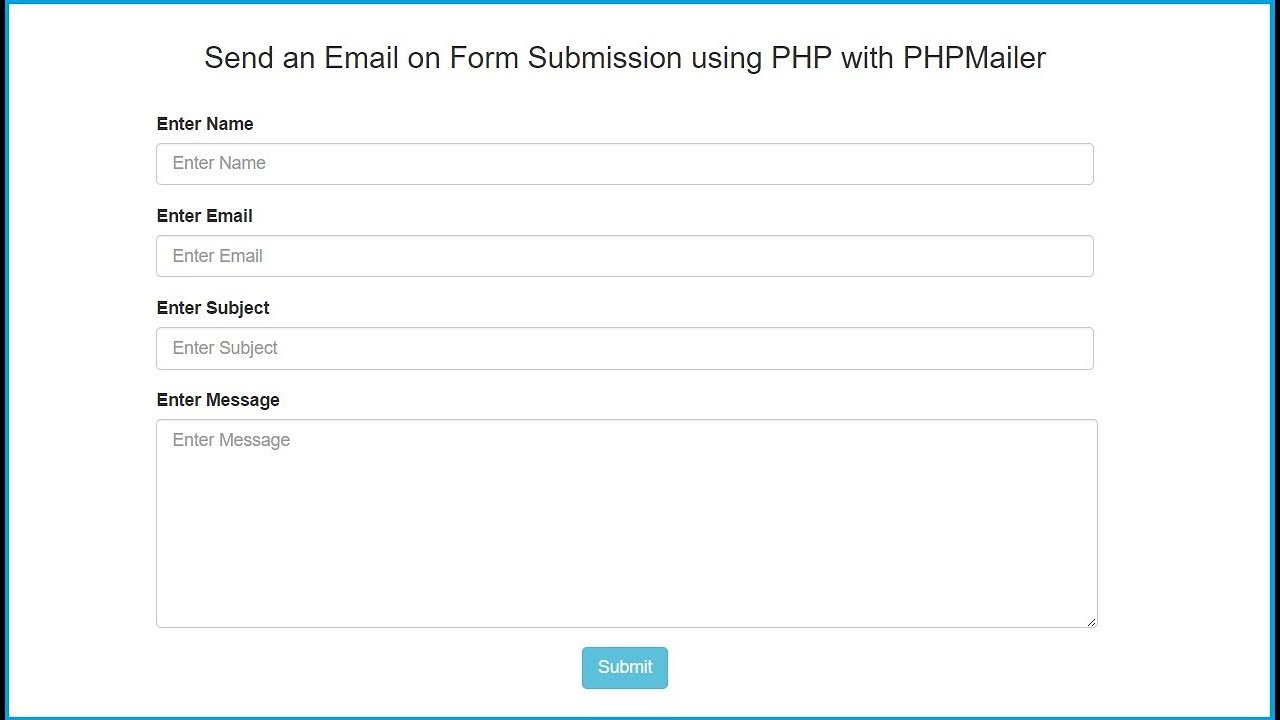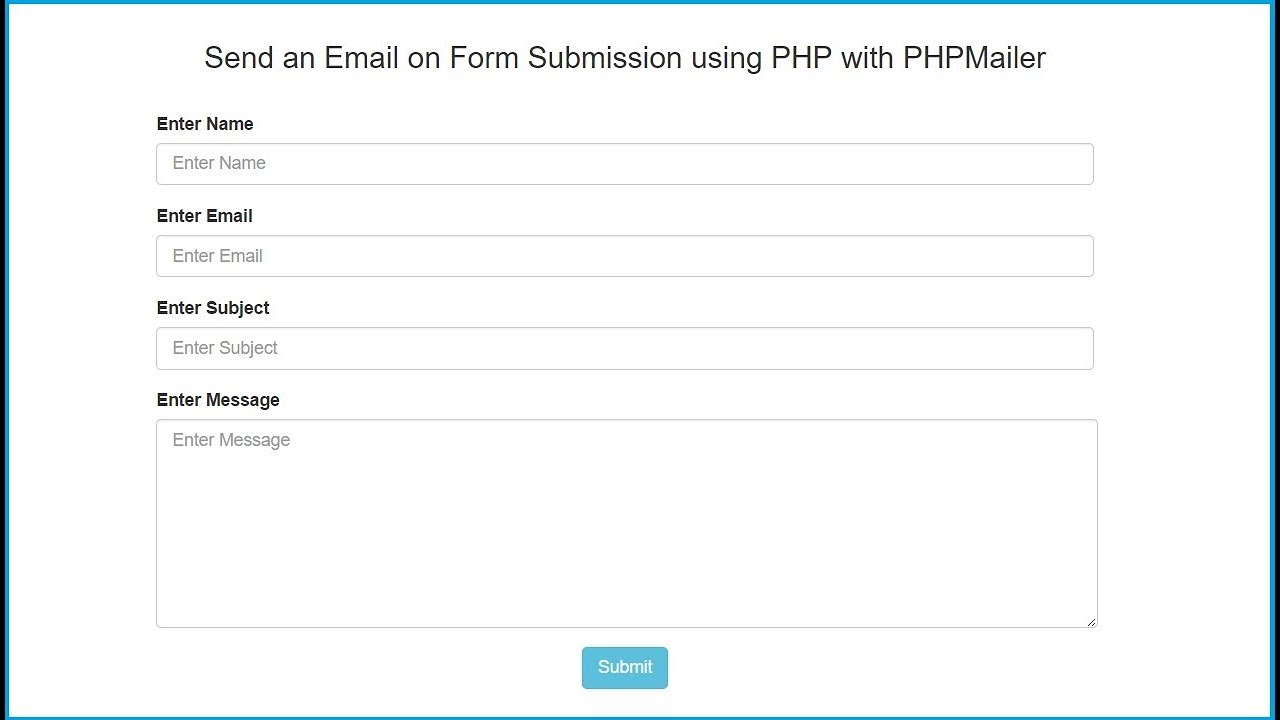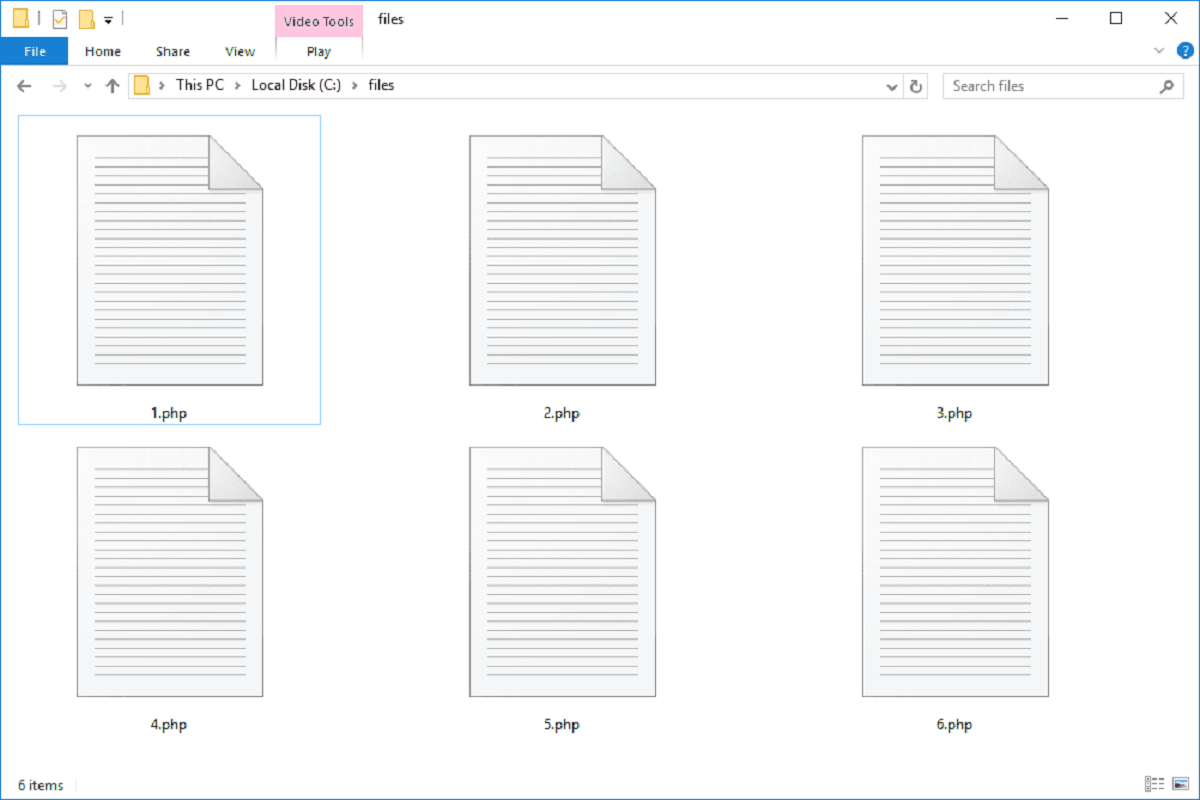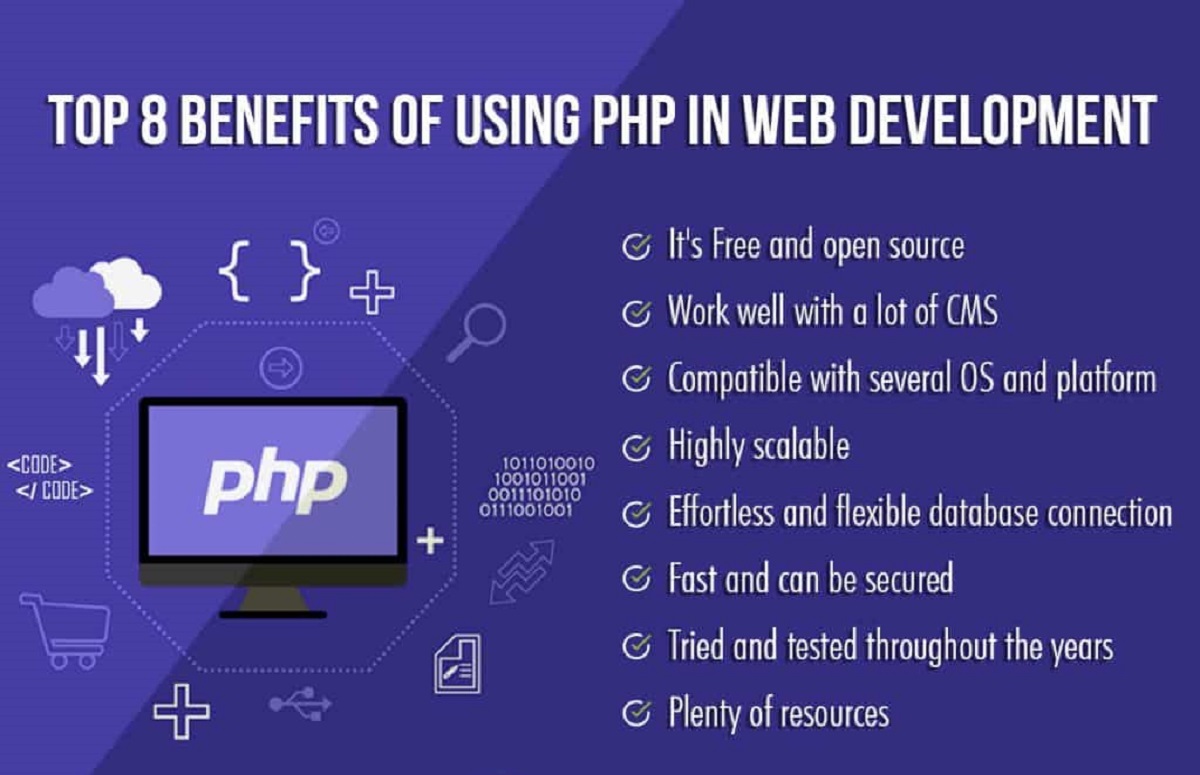Introduction
Welcome to the world of website development using PHP! In this article, we will explore how to create a website using PHP, a powerful scripting language widely used for web development. Whether you’re a seasoned programmer or a beginner looking to dive into the world of web development, this guide will provide you with the essential knowledge and steps to get started.
PHP, which stands for Hypertext Preprocessor, is a server-side scripting language that is specifically designed for web development. It allows you to create dynamic and interactive webpages by embedding PHP code within HTML. PHP is known for its simplicity, versatility, and extensive documentation, making it a popular choice among developers.
Why choose PHP for website development? There are several advantages that make PHP a preferred programming language:
- Open-source: PHP is an open-source language, meaning it’s free to use and modify. This makes it accessible to a wide range of developers and encourages a strong community of contributors.
- Easy to learn: PHP has a relatively easy learning curve, especially for developers familiar with HTML and CSS. Its syntax is similar to C, Java, and Perl, making it straightforward to grasp and work with.
- Wide-ranging support: PHP is supported by most web hosting providers and is compatible with major operating systems, including Windows, macOS, and Linux. Additionally, it integrates seamlessly with database management systems like MySQL and PostgreSQL.
- Fast and efficient: PHP is known for its speed and performance, ensuring that your website loads quickly and efficiently.
Before we dive into the technical aspects of PHP website development, it’s important to have some prerequisites in place. You should have a basic understanding of HTML, CSS, and JavaScript, as PHP is commonly used in conjunction with these languages. Additionally, a solid understanding of programming concepts such as variables, functions, and conditional statements will be beneficial.
In the next sections, we will guide you through the process of setting up a development environment, installing PHP, connecting PHP to HTML, and handling dynamic content and user interaction. By the end of this guide, you will have the foundational knowledge to create your own PHP-driven websites with ease.
What is PHP?
PHP is a server-side scripting language designed for web development. It was created by Rasmus Lerdorf in the 1990s and has since become one of the most widely used languages for building dynamic websites.
PHP stands for Hypertext Preprocessor, which is a recursive acronym that highlights its purpose: processing hypertext or web pages. It is an open-source language, meaning it is freely available and constantly evolving with contributions from a large community of developers.
One of the main features of PHP is its integration with HTML. PHP code can be embedded directly into HTML files, allowing developers to create dynamic webpages where content can change based on different conditions or user interactions.
PHP is known for its simplicity and ease of use. Its syntax is similar to C, Java, and Perl, making it accessible to programmers who are already familiar with these languages. Moreover, PHP has a vast and comprehensive standard library, known as the PHP Extension and Application Repository (PEAR), which offers a wide range of functions and modules for various purposes.
One of the key benefits of PHP is its cross-platform compatibility. It can run on various operating systems, including Windows, macOS, and Linux, which makes it a versatile choice for developers working on different platforms. Additionally, PHP is compatible with most web servers and can seamlessly integrate with popular databases like MySQL, PostgreSQL, and Oracle.
PHP has a rich set of features that make it ideal for building dynamic websites. Some of its notable features include:
- Forms processing: PHP can handle form data, validate user input, and perform actions based on user interactions.
- Database connectivity: PHP can connect to different databases to retrieve or store data, making it easy to create dynamic and interactive websites.
- Session management: PHP allows you to manage user sessions, enabling the creation of personalized and secure web applications.
- File manipulation: PHP provides functions to handle files, such as uploading, downloading, and manipulating data stored in files.
- Error handling: PHP has built-in error handling mechanisms, allowing developers to identify and handle errors effectively.
In this article, we will guide you through the process of using PHP to create and enhance websites. You’ll learn how to integrate PHP with HTML, interact with databases, handle user input, and much more. With PHP, your websites can become dynamic, interactive, and tailored to meet the needs of your users.
Why use PHP for website development?
When it comes to website development, PHP has emerged as one of the most popular choices among developers. Here are several reasons why PHP is widely used and considered a go-to language for web development projects:
- Easy to learn and use: PHP has a simple and intuitive syntax that is easy to understand, especially for developers with experience in languages like C, Java, or Perl. Its code is embedded directly into HTML, making it convenient to build dynamic webpages without the need for extensive code separation or complex configurations.
- Large community and extensive documentation: PHP has a vast community of developers who actively contribute to its growth and provide support. As a result, there is a plethora of online resources, tutorials, and forums available to help you learn and troubleshoot any issues you may encounter during development.
- Cost-effective: PHP is an open-source language, which means it is completely free to use for website development. This makes it an attractive choice, especially for small businesses or developers who are working on a tight budget.
- High performance and speed: PHP is widely recognized for its excellent performance and speed. It is designed to handle large workloads efficiently, making it ideal for websites that require quick response times, such as e-commerce platforms or content-driven websites.
- Platform independence: PHP is platform-independent, which means it can run on various operating systems like Windows, Linux, macOS, and more. This flexibility allows developers to work with their preferred operating system and easily deploy PHP-powered websites across different platforms.
- Seamless database integration: PHP offers native support for various databases such as MySQL, PostgreSQL, and Oracle. This allows developers to interact with databases effortlessly, enabling the creation of dynamic websites that can retrieve, store, and manipulate data efficiently.
- Wide range of frameworks and libraries: PHP has a rich ecosystem of frameworks and libraries that can significantly expedite website development. Popular PHP frameworks like Laravel, Symfony, and CodeIgniter provide structured and efficient solutions for building robust web applications.
- Security: PHP has built-in security features to help protect websites from common threats, such as SQL injection and cross-site scripting (XSS) attacks. As with any programming language, following secure coding practices and regularly updating PHP versions are crucial for maintaining a secure website.
Overall, PHP offers a combination of simplicity, performance, and extensive community support, making it an excellent choice for website development. Its flexibility, database integration capabilities, and abundance of resources contribute to its popularity among developers worldwide.
In the next sections of this article, we will guide you through the process of setting up a development environment, installing PHP, connecting PHP to HTML, and exploring various aspects of building dynamic websites with PHP.
Prerequisites
Before diving into PHP website development, it’s important to ensure you have the necessary prerequisites in place. These prerequisites will equip you with the foundational knowledge and tools needed to effectively learn and implement PHP in your web development projects. Here are the key prerequisites to consider:
- HTML and CSS: Familiarity with HTML (Hypertext Markup Language) and CSS (Cascading Style Sheets) is essential. HTML is the standard markup language used for creating webpages, while CSS is used to style and format HTML elements. Understanding the basics of HTML and CSS will help you structure and design your webpages effectively.
- JavaScript: Having a basic understanding of JavaScript will greatly enhance your ability to create interactive and dynamic webpages. JavaScript is a client-side scripting language used to add interactivity, validate forms, handle events, and perform various actions on the user’s browser.
- Programming concepts: A grasp of fundamental programming concepts, such as variables, data types, conditional statements, loops, and functions, is important. These concepts form the building blocks of programming and will enable you to work with PHP effectively.
While having these prerequisites will set you on the right path, it’s important to note that you can still learn and acquire these skills concurrently with your PHP development journey. There are numerous online tutorials, courses, and resources available to help you grasp the essentials of HTML, CSS, JavaScript, and programming concepts.
In addition to the foundational knowledge, you will need access to the following tools:
- Code editor: A good code editor will facilitate your development process. Popular code editors like Visual Studio Code, Sublime Text, and Atom provide features such as syntax highlighting, code suggestions, and debugging capabilities.
- Web browser: You’ll need a modern web browser like Google Chrome, Mozilla Firefox, or Safari to test and view your PHP-powered webpages. Browsers allow you to interact with and evaluate the functionality and design of your websites.
- Local development environment: To develop and test your PHP code locally, you’ll need a local development environment. This typically involves setting up a web server, such as Apache or Nginx, along with a PHP interpreter on your machine. Alternatively, you can opt for an integrated development environment (IDE) like PhpStorm or NetBeans, which includes a bundled web server and PHP support.
By having the necessary prerequisites and tools in place, you’ll be well-prepared to embark on your PHP website development journey. In the next sections of this article, we will guide you through setting up a development environment, installing PHP, and diving into the various aspects of creating dynamic websites using PHP.
Setting up a development environment
Before you can start developing websites using PHP, it’s crucial to set up a suitable development environment. This environment will provide you with the necessary tools and software to write, test, and debug your PHP code effectively. Here are the key steps to set up your PHP development environment:
-
- Choose an operating system: PHP is compatible with all major operating systems, including Windows, macOS, and Linux. Select the operating system that you are most comfortable with and ensure that it meets the system requirements for PHP.
- Install a web server: A web server is required to host your PHP files and handle incoming requests. Apache, Nginx, and Microsoft IIS are popular choices for web servers. Install and configure the web server according to the documentation provided for your chosen operating system.
- Install PHP: Download the latest stable version of PHP from the official PHP website (www.php.net) and follow the installation instructions for your operating system. During the installation process, you will need to configure the web server to work with PHP.
- Test the PHP installation: After installing PHP, open a text editor and create a new file with a “.php” extension. Add the following code to the file:
<?php
phpinfo();
?>Save the file in the web server’s document root directory and access it through your web browser by entering “http://localhost/filename.php” (replace “filename.php” with the actual file name) in the address bar. If you see the PHP information page, it means PHP is installed correctly.
- Set up a code editor: Choose a code editor that suits your preferences and install it on your machine. Popular options include Visual Studio Code, Sublime Text, and Atom. A code editor will provide features like syntax highlighting, code completion, and debugging capabilities, enhancing your coding experience.
Alternatively, you can opt for a preconfigured PHP development environment like XAMPP or WampServer. These packages bundle Apache, MySQL, and PHP together and provide a user-friendly interface for managing your development environment.
With a development environment set up, you are now ready to start writing PHP code and building dynamic websites. In the upcoming sections of this article, we will guide you further on integrating PHP with HTML, handling dynamic content, and exploring more advanced aspects of PHP website development.
Installing PHP
Installing PHP is an essential step in setting up your development environment for PHP website development. By installing PHP on your machine, you will have the necessary tools and resources to write, test, and execute PHP code locally. Here’s a step-by-step guide to installing PHP:
- Choose the PHP version: Visit the official PHP website (www.php.net) to determine the latest stable version available. It is recommended to use the latest version, but you can also choose a specific version based on your project requirements and compatibility with other software.
- Select the installation method: PHP can be installed using different methods depending on your operating system:
- Windows: For Windows users, a popular way to install PHP is by using prepackaged solutions like XAMPP, WampServer, or EasyPHP. These solutions come bundled with Apache, MySQL, and PHP, allowing for a quick and easy installation process.
- MacOS: MacOS users can install PHP via package management tools like Homebrew, MacPorts, or by using prebuilt packages available from the official website.
- Linux: Linux distributions typically offer PHP in their package repositories. You can use package managers like apt, yum, or dnf, depending on your distribution, to install PHP and its related dependencies.
- Configure PHP: During the installation process, you may need to configure certain aspects of PHP, such as adjusting memory limits, enabling extensions, or specifying the PHP installation directory. Refer to the documentation or installation guide provided by your chosen method to understand the configuration options and customize them as needed.
- Verify the installation: After the installation is complete, it’s important to verify that PHP is installed correctly. Open a command prompt or terminal and type “php -v” to display the installed PHP version. This command should return information about the installed PHP version along with other details.
Keep in mind that the installation process may vary depending on your operating system and the method you choose. It’s recommended to follow the specific installation instructions provided by the chosen method to ensure a smooth installation experience.
Once PHP is successfully installed, you can start harnessing its power to develop dynamic websites. You can now create PHP files, write PHP code, and execute it using a web server to see your code in action.
In the upcoming sections of this article, we will explore how to integrate PHP code with HTML, handle dynamic content, interact with databases, and more. By following along and practicing with PHP, you’ll gain the skills and knowledge needed to create robust and interactive websites.
Creating a basic HTML template
A solid foundation for any web development project is the creation of a basic HTML template. This template serves as a starting point for building your webpages and provides a consistent structure and layout across your website. Here are the key steps to create a basic HTML template:
-
- Start with the doctype declaration: Begin your HTML template by including the doctype declaration at the very beginning of your file. This declaration ensures that the browser recognizes your document and renders it correctly. For HTML5, the doctype declaration is:
<!DOCTYPE html>- Create the HTML structure: Within the “ tags, you will build the structure of your webpage. It consists of the “ and “ sections.
- Set the title of the webpage: Inside the “ section, add the `









